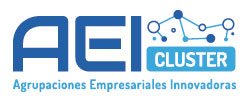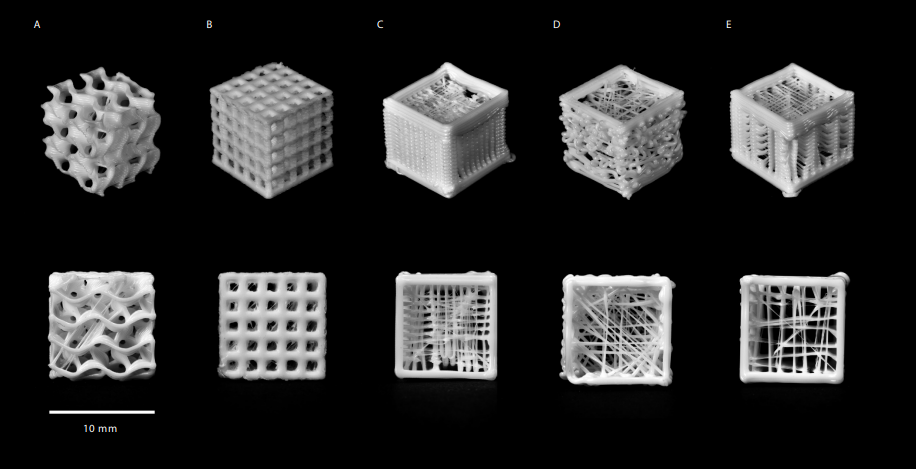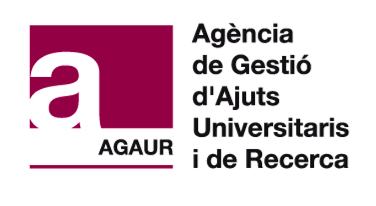
Juan Crespo Santiago
Coordinator of the Generative design strategies for tissue engineering research line in TR2Lab
Email: jcrespo@elisava.net
ORCID: 0000-0002-0762-9325
Scientific Profile: URECERCA
My last happenings:
3D BONE BIOTEC
GRANT Original Title (English): “3D BONE BIOTEC” Reference: AEI-010500-2024-18 PI: Juan Crespo Santiago Participants: ELISAVA UVIC-UCC, Fundació CIM UPC, PERDIGÓ, DAN*NA, Cluster de Materials Avançats de Catalunya, Cluster CataloniaBio & HealthTech. Funded by: Ministerio de Industria y Turismo A research project that will generate algorithm-aided designed human bone models suitable to be manufactured using a new ad-hoc developed 3D printing technology with advanced biocompatible substrates. Based on these 3D biomimetic human bone models, the project aims to design a novel 3D printing system based on DLP technology, that may be able to manufacture biomimetic human bone samples with improved mechanical behavior. [...]
Oozing: An accessible technique to create 3D-printed scaffolds suitable for tissue engineering
Oozing: An accessible technique to create 3D-printed scaffolds suitable for tissue engineering Authors: Juan Crespo Santiago, Luis M. Delgado, Rafa Madariaga, Laia Millan, Oriol Chico, Pau Oliver, Román Pérez, Marta Otero Viñas Abstract Tissue-engineered constructs require mimicking the extracellular matrix microenvironment of native tissue for better promoting cell growth. Commercial three-dimensional (3D) printers provide a versatile platform to fabricate tissue models,but they possess certain constraints regarding the reproduction of natural tissue structures due to the limited functionality of current slicing strategies and hardware. In this study, we present a new approach to 3D-printing polylactic [...]
Phygital Human Bone
GRANT Original Title (English): “Phygital Human Bone.” Reference: 2023 LLAV 00055 Principal Investigador: Marta Otero Viñas TR2Lab research team members: Juan Crespo Santiago Xavier Jordana Comín Funded by: AGAUR – Generalitat de Catalunya Biotechnological and biomedical fields frequently use biological bones for their significant representation of living bone. Yet, these come with challenges: costs, degradation, disease transmission, ethical concerns, storage difficulties, and biological variability. Hence, synthetic bone surrogates emerge as a solution but currently have limitations in replicating the mechanical attributes of natural bone, primarily due to missing precise microarchitecture imitations. Understanding this gap, our initiative bridges [...]











